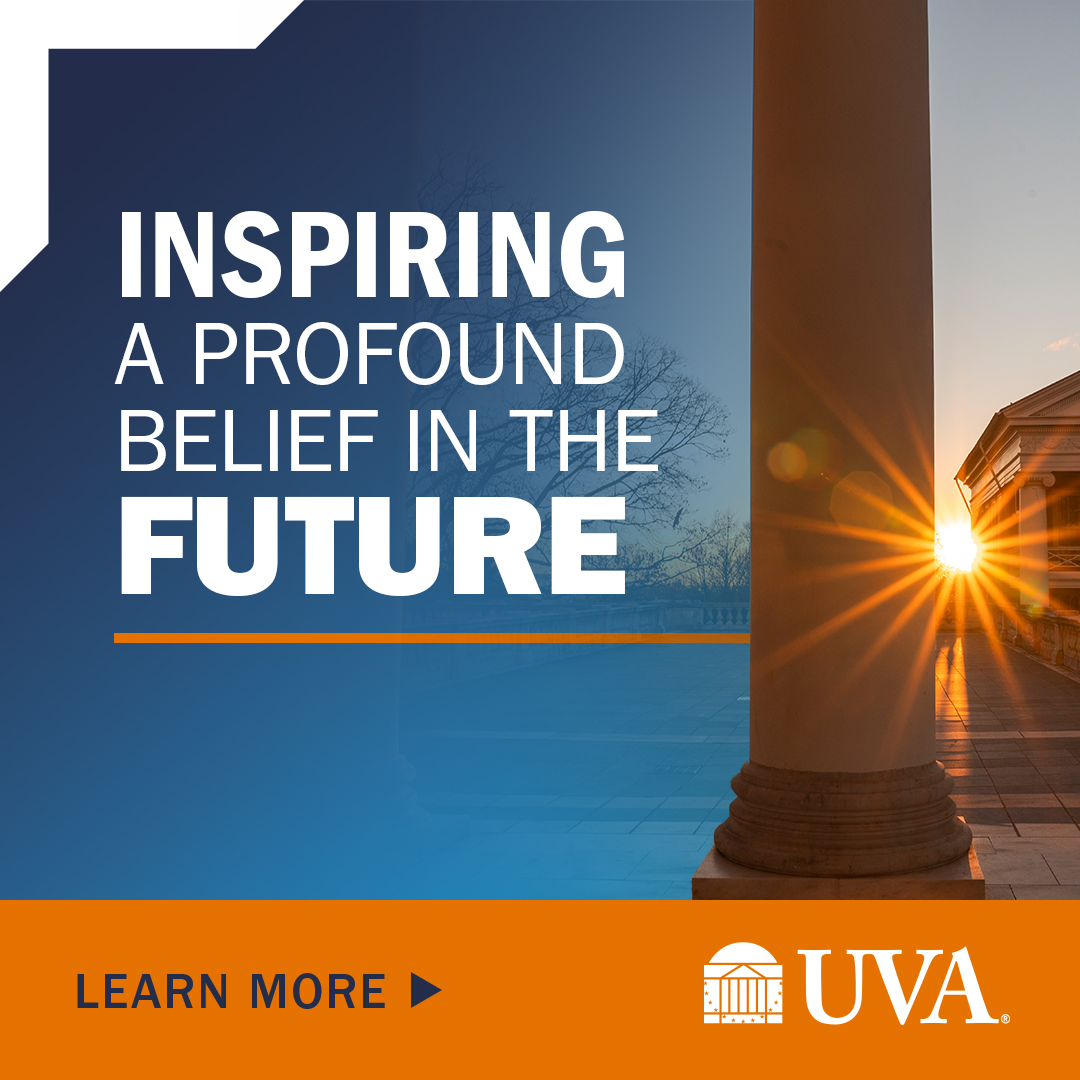Ajay Limaye knows that science and the arts go together better than some people would expect. In fact, the University of Virginia professor of environmental science is convinced that creativity is an important part of any scientific project.
Limaye’s research, which focuses on how rivers shape the communities that form around them, won him the 2023 CAREER Award from the National Science Foundation. He’ll use the more than $500,000 grant that comes with the award to fund student research. The grant also allows him to work with the School of Education and Human Development, and the music department, to show how rivers affect our lives and demonstrate the intersections between art and science.
An amateur musician, Limaye has partnered with Emmy-award winning composer and UVA professor of music Matthew Burtner, who explores ways to immerse listeners in interactive relationships with the environment through music. The two are collaborating to develop musical representations of rivers and are planning a public performance that they hope will engage listeners with science in new ways and bring new perspectives to the work.












